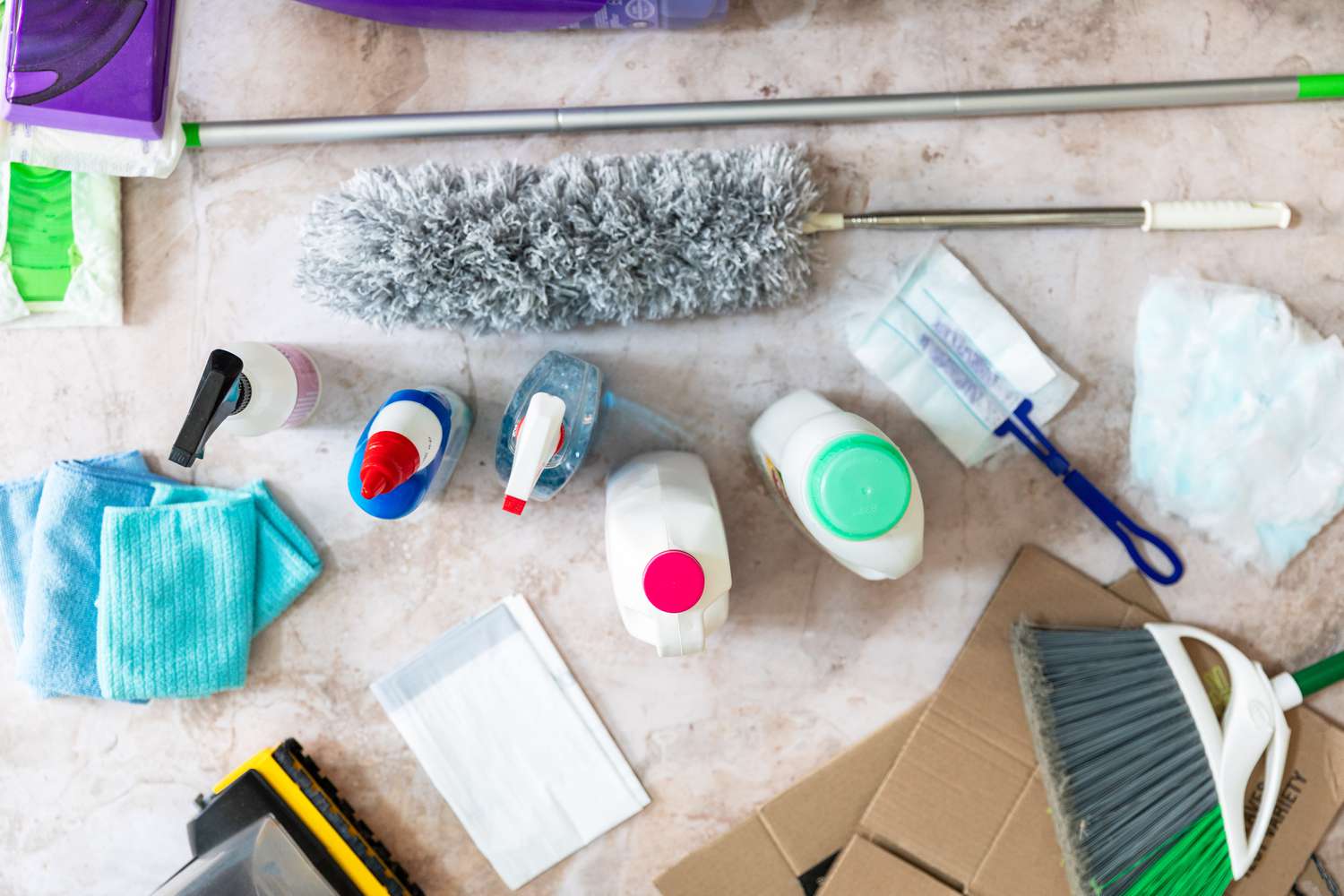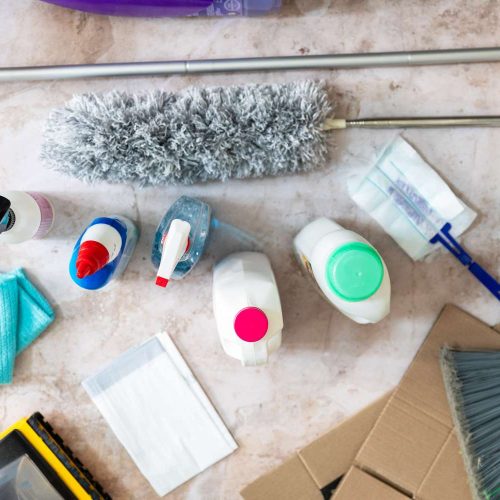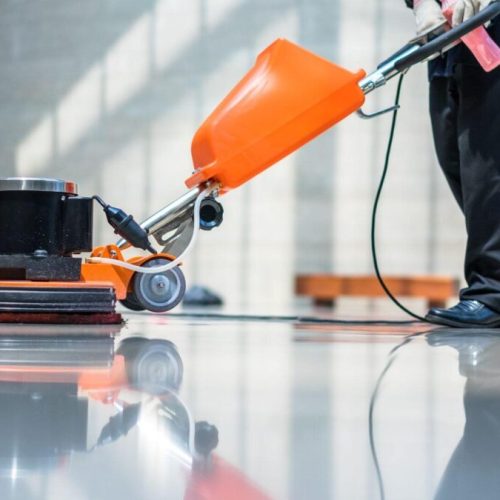When we think of cleaning, we often associate it with a quick and superficial routine that removes visible dirt and organizes the environment. However, there are moments when simple tidying up is not enough. This is where deep cleaning comes in—a strategy that goes beyond the surface to truly transform your space, both aesthetically and functionally. When done properly, this practice can positively influence health, well-being, and productivity.
What Is Deep Cleaning?
Deep cleaning is a detailed process that goes beyond everyday tasks. While regular cleaning removes visible dirt and provides a superficially organized environment, deep cleaning tackles hidden issues and prevents the buildup of dust, mold, bacteria, and grime in harder-to-reach areas. This type of cleaning can also include restructuring and organizing spaces to maximize functionality.
Examples of Included Activities
Some of the most common activities in a deep clean include:
- Sanitizing walls and baseboards: Often overlooked, these areas accumulate dust and stains over time.
- Cleaning tile and grout: A critical area that can harbor mold and bacteria, compromising the health and appearance of the space.
- Sanitizing mattresses and upholstery: Essential for eliminating dust mites and allergens.
- Organizing cabinets and pantries: Includes discarding expired food and unused items.
- Thoroughly cleaning appliances: Refrigerators, ovens, and microwaves require regular internal and external sanitation to avoid contamination.
- Removing dust from high and hidden surfaces: Such as ceiling fans, light fixtures, and wall corners.
Benefits of Deep Cleaning
The benefits of deep cleaning go far beyond the appearance of the space. It has both direct and indirect impacts on quality of life and well-being. Let’s explore these benefits in more depth:
1. Improved Health
Health is directly affected by the quality of the environment we live in. Deep cleaning eliminates harmful microorganisms, such as dust mites and bacteria, that accumulate on surfaces, fabrics, and even in the air. Neglected grout, for example, can harbor mold, a major trigger for allergies and respiratory issues. Additionally, frequently touched surfaces like doorknobs and light switches should be disinfected to prevent the spread of germs.

2. Positive Psychological Impact
Clean environments have a proven calming effect. Visual clutter can create feelings of anxiety and stress, whereas a clean and organized space promotes tranquility and focus. Studies show that cleaner environments help boost creativity and productivity, whether at home or at work.
3. Prevention of Damage and Long-Term Savings
Small amounts of dirt can cause significant damage over time. Dust buildup in electronic devices can lead to overheating, while undetected grout leaks can result in expensive repairs. Deep cleaning acts as preventative maintenance, protecting both valuable items and property structures.
4. Improved Indoor Air Quality
With the accumulation of dust and other pollutants, indoor air quality is often worse than outdoor air. Deep cleaning includes removing hidden allergens, such as those in carpets and curtains, and cleaning air filters, creating a healthier environment for everyone.
5. Motivation to Maintain Organization
The feeling of a refreshed space can be inspiring. Many people report feeling more motivated to maintain the organization of their environment after a deep cleaning, establishing new habits that positively impact daily life.
How to Successfully Deep Clean
Deep cleaning can be a challenging process, but following a well-structured plan makes it easier to execute and ensures effective results. Here are the detailed steps:
1. Create a Schedule
Planning is essential to avoid feeling overwhelmed. List all the areas that need attention and set priorities. For example, start with the most used rooms, such as the kitchen and bathroom.
2. Invest in Quality Products
Specific products make all the difference. Use disinfectants suitable for each type of material and surface. Brushes of different sizes also help reach corners and smaller details.
3. Start from the Top
Always start cleaning from the top down. This prevents dust and dirt from falling onto already cleaned surfaces. For example, clean light fixtures and shelves before vacuuming the floor.
4. Focus on One Area at a Time
Focusing on one room or area at a time increases efficiency and the sense of progress. Completing one space entirely before moving to the next avoids dispersion and ensures better results.
5. Organize and Declutter
Deep cleaning is an ideal opportunity to reorganize and let go of items that are no longer useful. This frees up space and reduces unnecessary accumulation in the future.
6. Involve the Entire Family or Team
Distributing tasks among family members or team members makes the process faster and more collaborative. Additionally, engaging all occupants of the space creates a sense of shared responsibility.
When to Hire Professionals?
While deep cleaning can be done independently, in some cases, hiring professional services is more efficient. This is especially true for tasks that require specialized equipment or expertise, such as carpet, upholstery, or curtain cleaning, or mold removal in large areas. Professionals also have access to products and techniques that can deliver more effective results in less time.
Conclusion
Deep cleaning is much more than a practical task; it is an act of care for your space and yourself. It transforms environments, improves quality of life, and promotes well-being on a broad scale. By adopting this practice, you not only preserve your property but also create a healthier, more welcoming, and inspiring space. So, start planning your next deep clean today and enjoy all the benefits it has to offer!




